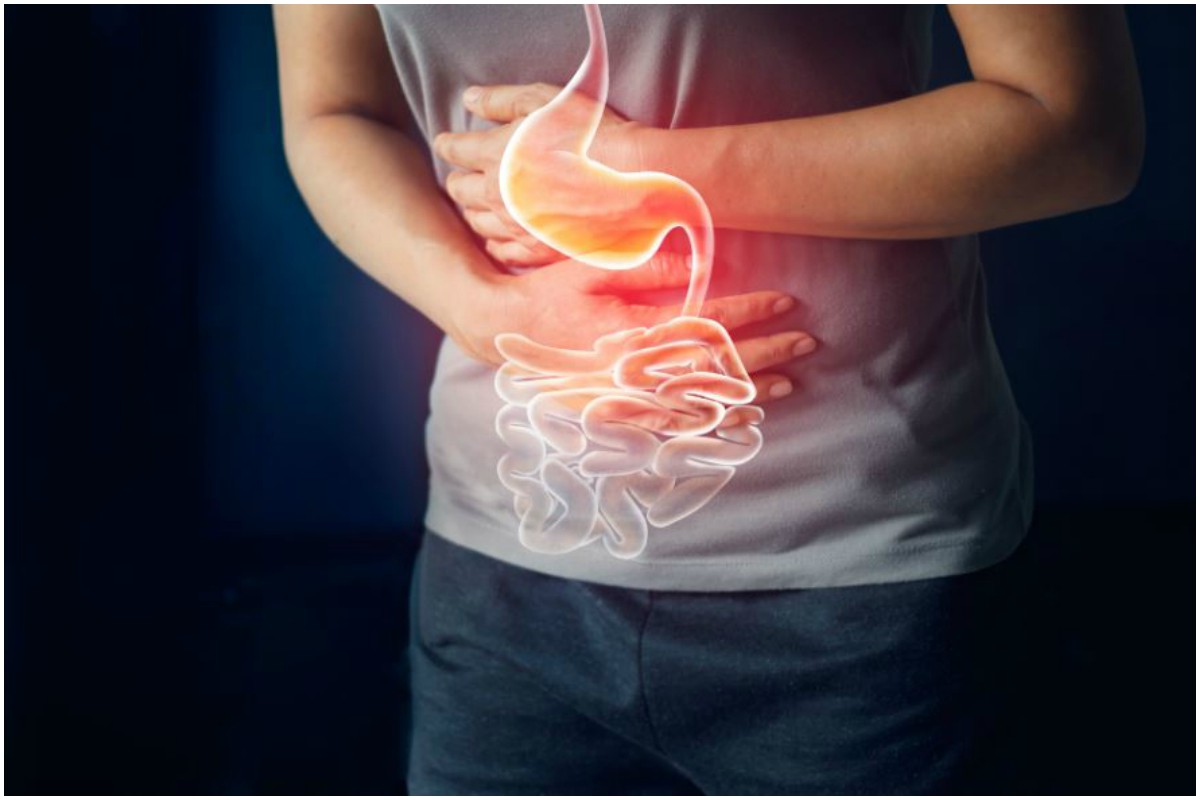ER hosts FoSTaC training session to promote eating right at stations
The session was aimed at fostering safe, healthy, and sustainable food practices.
When milk or milk products are consumed, lactase turns milk sugar into two simple sugar glucose and galactose which are absorbed into the bloodstream through the intestinal lining.

(Representational Image: Getty Images)
Lactose intolerance is a condition in which it is difficult for the body to digest dairy products. It occurs when the small intestine does not produce enough of the enzyme, lactase to digest milk. A majority of adults are suffering from this digestive disorder.
When milk or milk products are consumed, lactase turns milk sugar into two simple sugar glucose and galactose which are absorbed into the bloodstream through the intestinal lining. If the unprocessed food moves into the colon, normal bacteria interact with undigested lactose causing diarrhea, nausea, abdominal cramps, bloating, and flatulence.
Advertisement
According to Dr. Stuti Sharma, MBBS, MD, (Pediatrics), there are three types of lactose intolerance:
Advertisement
1. The first is primary lactose intolerance, which is the most common type. People who develop it, start producing plenty of lactase, a necessity for infants who get all their nutrition from milk. As children, they replace milk with other food, but their lactase production normally decreases with age. In primary lactose intolerance, Lactase production falls off sharply making milk products difficult to be digested by adulthood.
2. Secondary lactose intolerance is a form of digestive disorder that occurs when the small intestine decreases lactase production after an illness, injury, or surgery. Diseases associated with secondary lactose intolerance are celiac disease, bacteria overgrowth, and Crohn’s disease. Treatment of the underlining disorder may restore lactase levels and improve signs and symptoms.
3. The Third type of lactose intolerance is congenital or developmental lactose intolerance. It is caused by a complete absence of lactase activity. This disorder is passed down from generations, in a pattern of inheritance called autosomal recessive meaning that both the parents must pass on the same gene variant for a child to be lactose intolerant. Premature infants may also have lactose intolerance because of an insufficient lactate level.
Advertisement